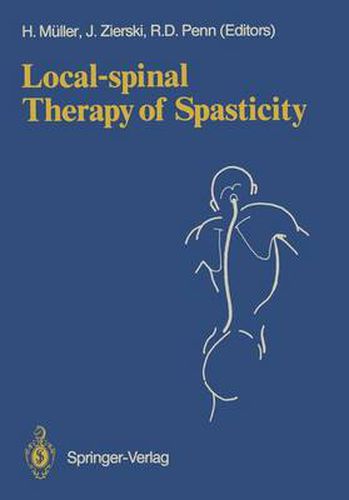Readings Newsletter
Become a Readings Member to make your shopping experience even easier.
Sign in or sign up for free!
You’re not far away from qualifying for FREE standard shipping within Australia
You’ve qualified for FREE standard shipping within Australia
The cart is loading…






This title is printed to order. This book may have been self-published. If so, we cannot guarantee the quality of the content. In the main most books will have gone through the editing process however some may not. We therefore suggest that you be aware of this before ordering this book. If in doubt check either the author or publisher’s details as we are unable to accept any returns unless they are faulty. Please contact us if you have any questions.
Historical photograph of spinal anaesthesia In 1884 the American neurologist J. L. eases. His discovery, however, marks the Corning, by blocking the neural con onset of the era of regional anaesthesia. It took almost one hundred years until his duction to the hind extremities of a dog by injecting cocaine-solution into the lumbar original idea of local medication of the vertebral interspace, was the first to per cord was again reconsidered due to two form spinal (or epidural?) anaesthesia [1]. reasons: At that time, he was unaware of the local I. The discovery of different drug receptors anaesthetic properties of cocaine (dis in the spinal cord made it possible, by in covered in the same year by C. Koller, who trathecal injection (or epidural appli cation, if the drug penetrates the dura), applied cocaine to the eye of one of his pa tients [3]) and did not intend to introduce to alter nociceptive or motor transmis an anaesthetic procedure. Corning’s pri sion within the spinal cord. mary aim was the application of drugs in 2. Implantable devices for long-term appli proximity of the central nervous system, i. e. cation of drugs to specific sites of the spinal cord, in order to treat or even heal body, including the spinal spaces, were developed during the 1970’s.
$9.00 standard shipping within Australia
FREE standard shipping within Australia for orders over $100.00
Express & International shipping calculated at checkout
This title is printed to order. This book may have been self-published. If so, we cannot guarantee the quality of the content. In the main most books will have gone through the editing process however some may not. We therefore suggest that you be aware of this before ordering this book. If in doubt check either the author or publisher’s details as we are unable to accept any returns unless they are faulty. Please contact us if you have any questions.
Historical photograph of spinal anaesthesia In 1884 the American neurologist J. L. eases. His discovery, however, marks the Corning, by blocking the neural con onset of the era of regional anaesthesia. It took almost one hundred years until his duction to the hind extremities of a dog by injecting cocaine-solution into the lumbar original idea of local medication of the vertebral interspace, was the first to per cord was again reconsidered due to two form spinal (or epidural?) anaesthesia [1]. reasons: At that time, he was unaware of the local I. The discovery of different drug receptors anaesthetic properties of cocaine (dis in the spinal cord made it possible, by in covered in the same year by C. Koller, who trathecal injection (or epidural appli cation, if the drug penetrates the dura), applied cocaine to the eye of one of his pa tients [3]) and did not intend to introduce to alter nociceptive or motor transmis an anaesthetic procedure. Corning’s pri sion within the spinal cord. mary aim was the application of drugs in 2. Implantable devices for long-term appli proximity of the central nervous system, i. e. cation of drugs to specific sites of the spinal cord, in order to treat or even heal body, including the spinal spaces, were developed during the 1970’s.